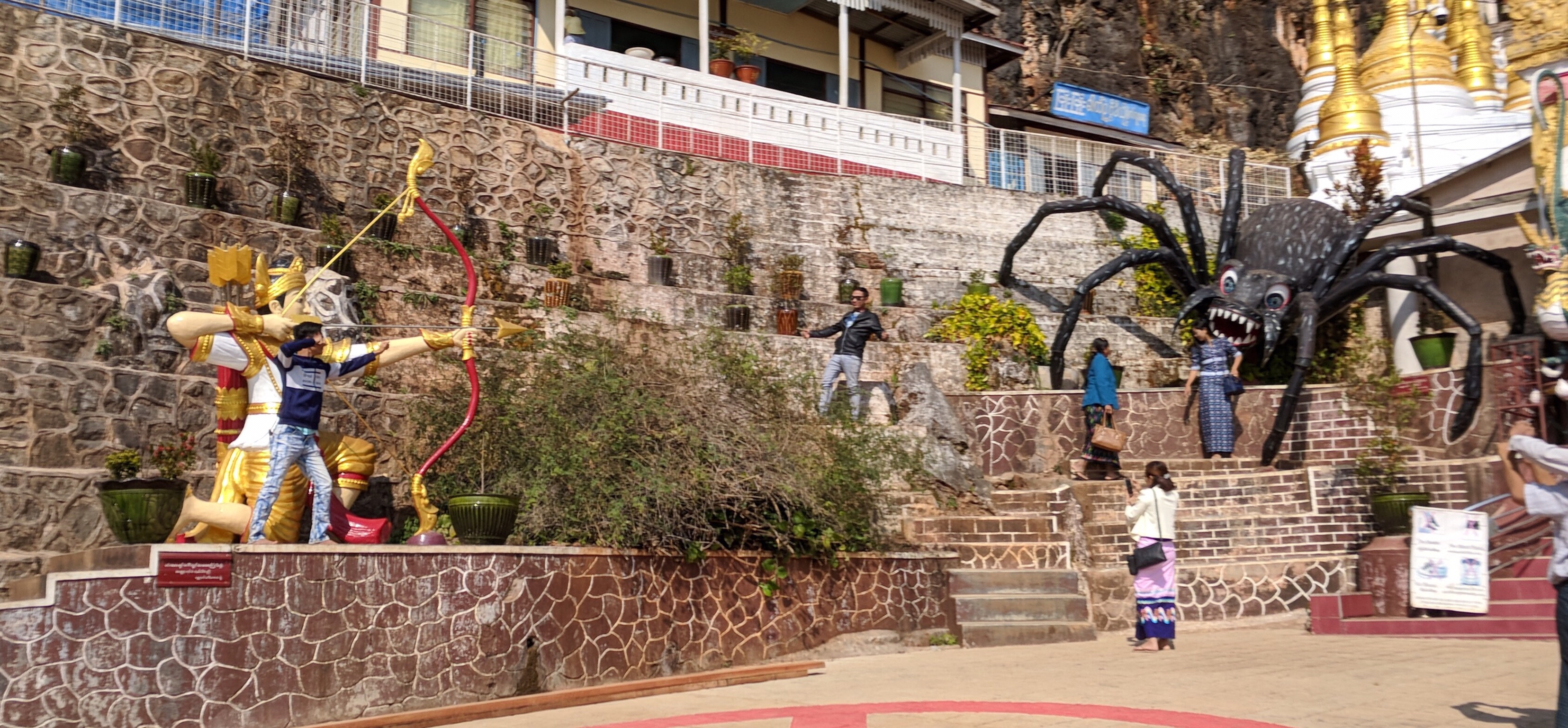We’ve now been in Ubud for 2 full weeks, so it’s time to write down my impressions so far.
We rented an amazing house 4km northwest of Ubud for a full month, complete with 3 dogs and a cat. Our goal was to settle in, get to know the area, and relax. We picked Ubud since there was a ton of things to do in the area, lots of nice looking houses available on AirBNB, and lots of AirBNB ‘Experiences’ that looked interesting.
I was worried that Ubud had gotten too touristy, and it turns out that those concerns were valid. I might have a different view of Bali if we had spent a month on some other part of the island. Everyone says the south part of the island is far more touristy yet. I’m sure there are plenty of places in Bali still not overrun by tourists, but the Ubud area very much is.
There is a lot to love about the Ubud area. This includes:
- It’s incredibly beautiful! Jungles, mountains, rice paddies, beaches, all picture postcard perfect.
- It’s got a really interesting and unusual culture. It’s a unique combination of Hindu and animist traditions, and there is some sort of ceremony with people all dressed formally around every corner. We were lucky enough to be in town for a huge cremation ceremony for the queen.
- Food is good and cheap. Its pretty easy to find a tasty local meal for around $3. Our favorite so far was Warung Mayan Teges.
- The art culture here is exceptional. Great painting, wood carving, stonework, batik, and more. Both traditional and modern. Really interesting furniture too, such as Object Design. See the photo link below for some examples.
- Good yoga centers (I got a 20 class pass at Radiantly Alive Yoga, which has a wide range of classes).
But there are also a lot of negatives too. These include:
- Horrible traffic on roads that are far too narrow
- Way too many tourists, and way too many shops and restaurants that only cater to tourists.
- Hard to get around without a motorbike. Taxis are expensive, and require bargaining to not get completely ripped off.
- Too much woo-woo.
We’ve done a number of classes, including cooking, batik, wood carving, fishing, meditation retreat, and lots of yoga. We also visited the Green School, and were very jealous of the kids who got to go to such an interesting school.
We also spent 2 nights at Good Karma Bungalows in Amed. These were the nicest and cheapest beach bungalows of our entire trip. The snorkeling was OK, but not as good as we hoped.
Do I recommend going to Bali? It depends on what you are looking for. It was a perfect way to end our 7 month trip, but I don’t think I’d include it for more than a few days if I was on a 3-4 week trip. If you do come to Ubud, stay north of the main town, and rent a motorbike. The best road to stay on is probably Jalan Tirta Tawar, as that way if you do come to town you can avoid the particularly congested area near the palace.
The best part of our Bali experience was staying in a beautiful ‘open living’ style house, with jungle on one side, and rice paddies on the other. “Open Living” basically means no windows. The temperature in Ubud ranges between 70 and upper 80s, and mosquitoes are not too bad, so you can get by with no windows or screens, which is really nice. Every night we’d fall asleep to a cacophony of frogs, geckos, and Gamelon from the nearby temple. It was really nice to be in a “home” instead of a generic hotel room with no personality. Even tho we stayed in several AirBNB apartments on this trip, this was the first place that the owner actually lived in it most of the year. (She stays with her boyfriend when the place is rented). There was a well stocked kitchen, great art, super comfortable bed, and 3 dogs and a cat.
Bali is very different from the rest of Indonesia. People still speak Balinese at home, but schools are all taught in Indonesian. Even tho most Balinese are not Muslin, unlike the majority of Indonesia, alcohol is still somewhat hard to get, and imported liquor is insanely expensive. For example, a 1L bottle of Kettle One vodka was $75 in the supermarket. Local beer and Arak (distilled coconut palm sap) is fairly cheap, tho still pricey compared with places like Cambodia or Myanmar.
Bali is trying hard to retain it’s unique culture, despite the throngs of tourists. Overall it seems to be working. People still seem to be very attached to their customs. Foreigners are not allowed to own land, so a 10yr lease is used instead, and a resident must hire a certain number of locals.
Ubud photos are available here. Photos of interesting arts and crafts in Bali are here. Photos of our trip to Amed are here.























